Why Are Tripods So Expensive ?
Tripods can be expensive due to several factors. Firstly, high-quality tripods are made from durable materials such as carbon fiber, which is lightweight yet strong. The cost of these materials contributes to the overall price. Additionally, tripods often come with advanced features like adjustable legs, quick-release mechanisms, and fluid heads, which enhance stability and ease of use. These features require precision engineering and specialized manufacturing processes, adding to the cost. Furthermore, reputable tripod brands invest in research and development to improve their products, resulting in higher prices. Finally, the demand for tripods is relatively niche compared to other photography equipment, which can drive up prices due to economies of scale.
1、 Quality Materials and Construction
Tripods are often considered expensive due to the use of quality materials and construction techniques. Manufacturers invest in high-quality materials such as carbon fiber or aluminum to ensure durability and stability. These materials are lightweight yet strong, allowing photographers to rely on their tripods in various shooting conditions.
The construction of tripods also plays a significant role in their cost. Manufacturers employ precise engineering and advanced manufacturing techniques to create sturdy and reliable tripod legs, joints, and locking mechanisms. These components are designed to withstand heavy loads and provide stability, even in challenging environments. The attention to detail and craftsmanship involved in producing a well-built tripod contributes to its higher price.
Moreover, tripods have evolved over the years to meet the demands of modern photography. With the advent of new technologies, tripods now come with features like adjustable leg angles, quick-release plates, and ball heads for smooth movement. These advancements require additional research and development, which further adds to the cost.
Additionally, the market for tripods is relatively niche compared to other photography equipment. Manufacturers have to balance the cost of production with the limited demand for tripods, resulting in higher prices to ensure profitability.
It is worth noting that while tripods may seem expensive, they are a long-term investment for photographers. A high-quality tripod can last for years, providing stability and support for countless photo shoots. Cheaper alternatives may not offer the same level of durability and stability, potentially compromising the quality of images.
In conclusion, the cost of tripods can be attributed to the use of quality materials, meticulous construction techniques, technological advancements, and the niche market they cater to. Despite their higher price, investing in a well-built tripod is essential for photographers who value stability and want to capture professional-quality images.

2、 Advanced Features and Technology
Tripods are often considered expensive due to their advanced features and technology. These features and technologies are designed to enhance stability, durability, and versatility, making them essential tools for professional photographers and videographers.
One of the main reasons for the high cost of tripods is the materials used in their construction. High-quality tripods are typically made from lightweight yet sturdy materials such as carbon fiber or aluminum alloy. These materials provide excellent stability while keeping the tripod lightweight and portable. The manufacturing process for these materials is complex and requires precision, which adds to the overall cost.
Another factor contributing to the expense is the advanced features incorporated into modern tripods. Many tripods now come with features like adjustable leg angles, quick-release mechanisms, and built-in levels. These features allow photographers to capture shots from various angles and ensure precise leveling, which is crucial for professional work. The development and integration of these features require research, development, and testing, which further drives up the cost.
Furthermore, the latest advancements in tripod technology have led to the introduction of innovative designs and mechanisms. For instance, some tripods now come with ball heads or fluid heads that offer smooth panning and tilting movements. These advancements improve the overall user experience and provide more creative possibilities. However, the research and development involved in creating these advanced mechanisms contribute to the higher price tag.
It is important to note that while tripods may seem expensive, they are an investment for photographers and videographers who rely on stability and precision in their work. The cost reflects the quality, durability, and advanced features that professional-grade tripods offer. As technology continues to evolve, we can expect further advancements in tripod design, which may lead to even higher prices in the future.
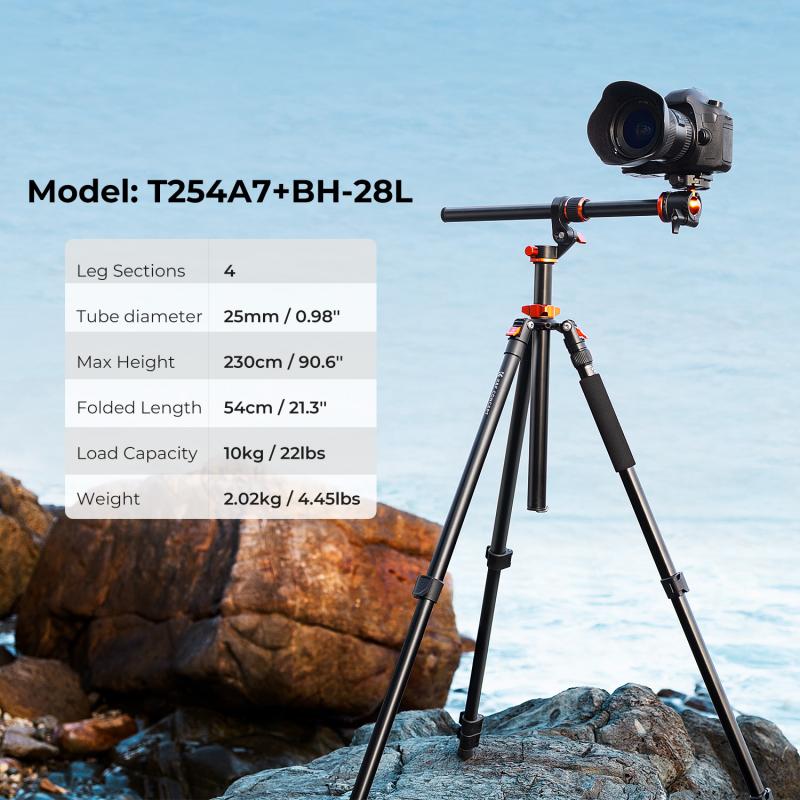
3、 Brand Reputation and Prestige
Tripods are often considered expensive due to several factors, with brand reputation and prestige being one of the primary reasons. Established brands in the photography industry have built a reputation for producing high-quality and durable tripods, which leads to a higher price tag. These brands invest heavily in research and development, ensuring that their products meet the demands of professional photographers and videographers.
Brand reputation plays a significant role in the pricing of tripods. Companies that have been in the market for a long time have established a loyal customer base who are willing to pay a premium for their products. These brands have a history of delivering reliable and innovative tripod solutions, which adds to their prestige. As a result, they can command higher prices for their products.
Moreover, these reputable brands often use premium materials and advanced manufacturing techniques to ensure the durability and stability of their tripods. This further contributes to the higher cost. Additionally, they invest in continuous improvement and innovation, incorporating the latest technologies and features into their tripod designs. These advancements, such as lightweight materials, quick-release mechanisms, and advanced ball heads, add value to the product but also increase the price.
It is worth noting that there are more affordable tripod options available in the market, often from lesser-known brands or those that prioritize cost-effectiveness over brand reputation. These tripods may still serve the needs of amateur photographers or those on a budget. However, for professionals or enthusiasts who require superior quality, reliability, and performance, investing in a reputable brand with a higher price point is often considered a worthwhile investment.
In recent years, there has been a rise in the availability of budget-friendly tripods from new and emerging brands. These brands aim to provide quality tripods at a more affordable price point, challenging the dominance of established brands. This has led to increased competition and a wider range of options for consumers, making it possible to find a tripod that suits their needs and budget without compromising on quality.
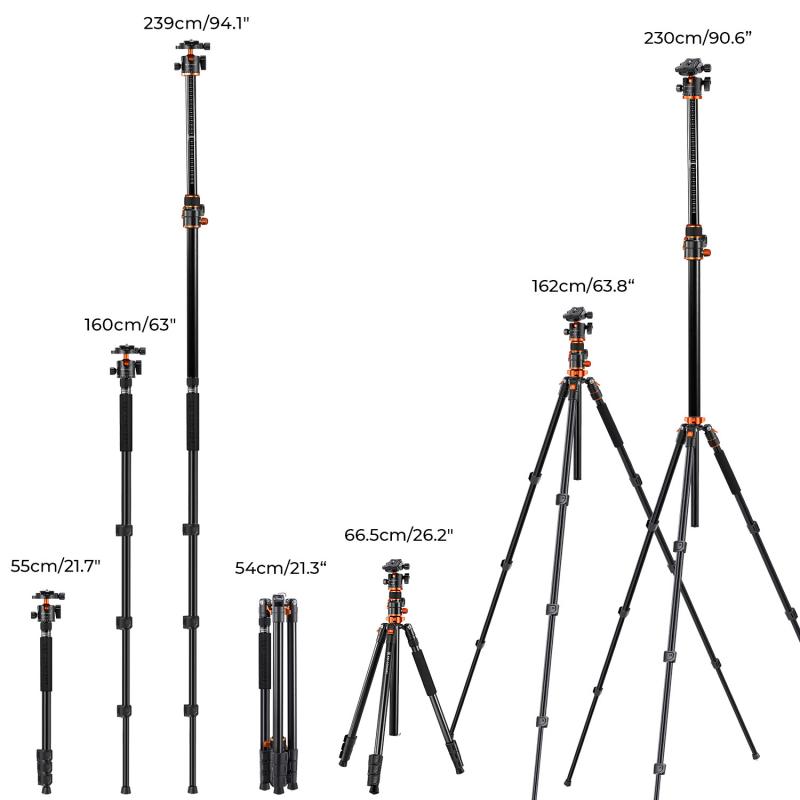
4、 Limited Supply and High Demand
Tripods are often considered expensive due to a combination of factors, including limited supply and high demand. Firstly, tripods require specific materials and manufacturing processes to ensure stability and durability. The materials used, such as carbon fiber or high-quality aluminum, can be costly. Additionally, the manufacturing process involves precision engineering and quality control measures, which further contribute to the overall cost.
Limited supply is another factor that drives up the price of tripods. Companies that specialize in tripod production may have limited production capacities, resulting in a restricted supply of tripods available in the market. This limited supply, coupled with the high demand from photographers and videographers, creates a situation where manufacturers can charge higher prices.
Furthermore, the demand for tripods has increased in recent years due to the growing popularity of photography and videography as hobbies and professions. With the rise of social media platforms and the need for high-quality visual content, more individuals are investing in professional-grade equipment like tripods to enhance their work. This increased demand further drives up the prices.
It is also worth noting that technological advancements in tripod design and features can contribute to their higher cost. Tripods with innovative features like adjustable legs, quick-release mechanisms, and lightweight designs often come with a higher price tag. These advancements require research and development, which adds to the overall cost of production.
In conclusion, the high cost of tripods can be attributed to limited supply and high demand, the specific materials and manufacturing processes involved, as well as the technological advancements in tripod design. As the demand for high-quality visual content continues to grow, it is likely that the prices of tripods will remain relatively high.
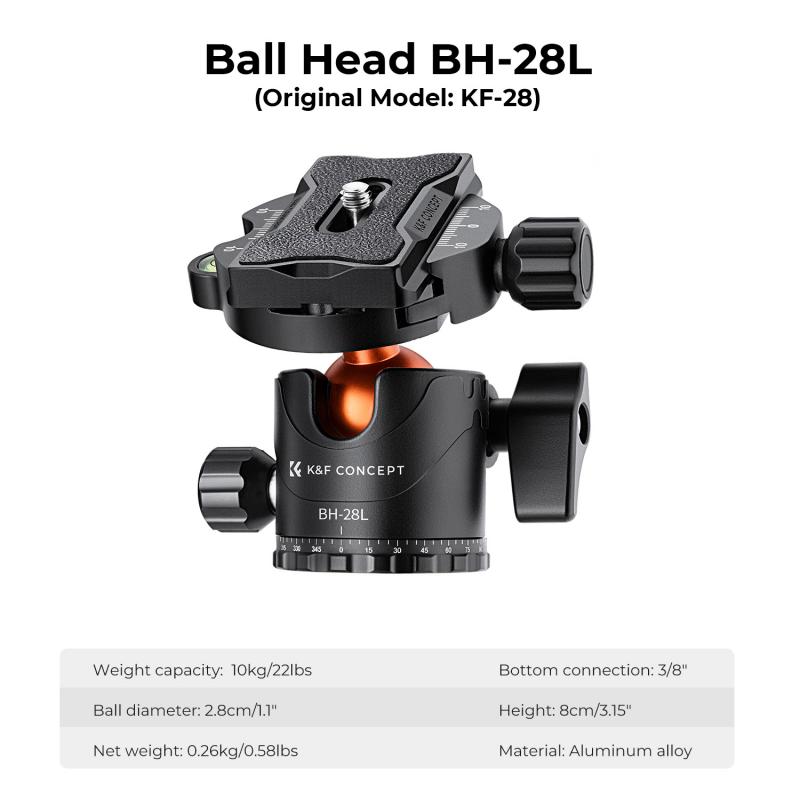







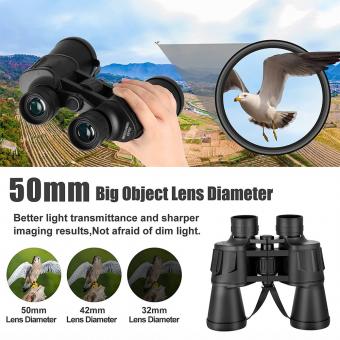






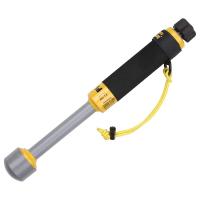
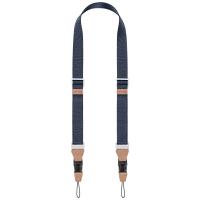

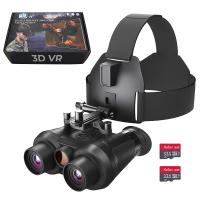

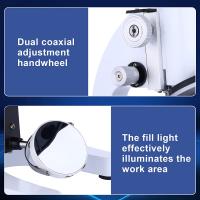





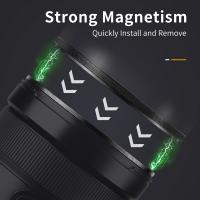

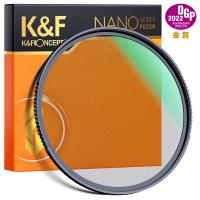

There are no comments for this blog.